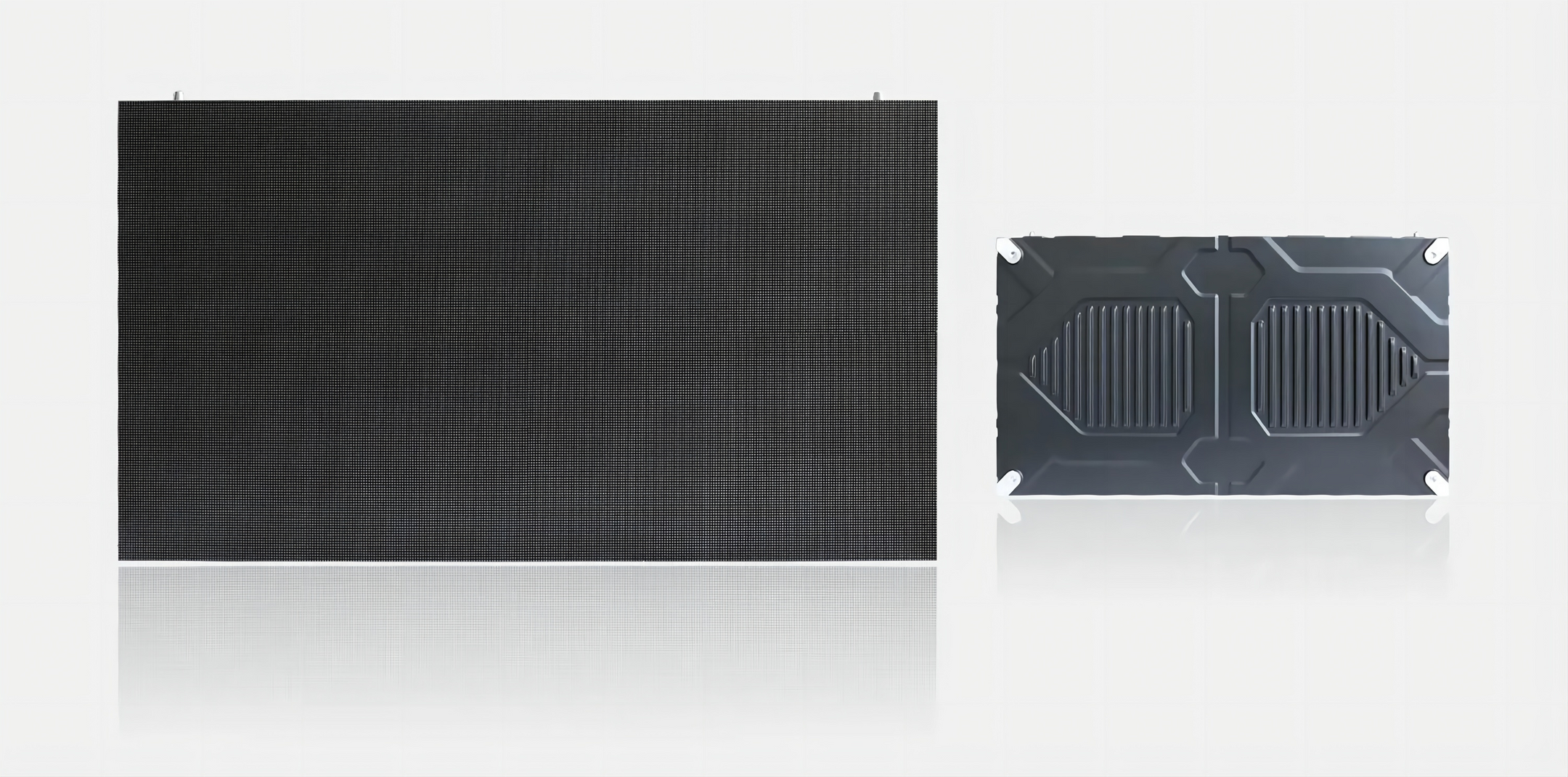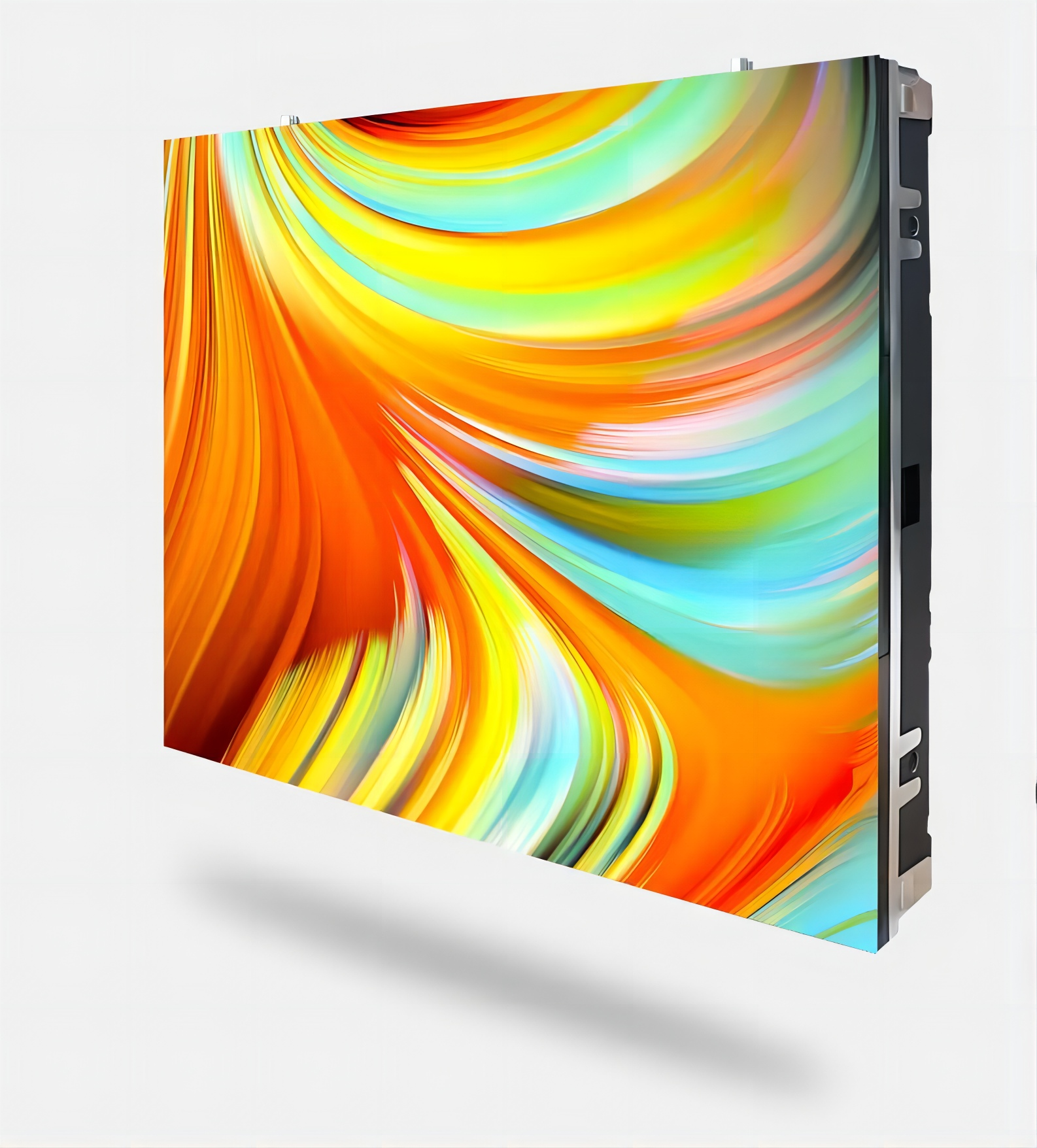
Get a Quote
Environmentally-Friendly LED Screens: A Sustainable Choice!
Understanding LED Screens
LED screens, short for Light Emitting Diode screens, utilize an array of tiny, energy-efficient diodes to display images and videos. These diodes emit light when an electric current passes through them, providing a vibrant display with lower energy consumption compared to traditional screens.
Types of LED Screens
LED screens come in two main variants: traditional and surface-mounted. Traditional LED screens feature individual diodes arranged in a grid pattern, while surface-mounted LED screens use SMD (Surface Mount Device) chips directly mounted onto the screen's surface. Each type offers unique advantages depending on the application.
Versatility in Applications
LED screens find application in a myriad of settings, both indoors and outdoors. From digital billboards to stadium scoreboards, these screens offer flexibility and adaptability to various environments, making them a popular choice across industries.
Environmental Advantages of LED Screens
Low Power Consumption
LED screens are renowned for their energy efficiency, consuming significantly less power than traditional display panels. This translates to lower electricity bills and reduced environmental impact. When compared to conventional screens, LED technology stands out for its ability to provide bright, high-quality displays while minimizing energy usage.
Reduced Carbon Footprint
By opting for LED screens, businesses and individuals can contribute to a greener environment by reducing their carbon footprint. The lower electricity consumption of LED screens means fewer greenhouse gas emissions, making them a sustainable choice for eco-conscious consumers. This shift towards environmentally-friendly technology is vital for mitigating climate change and preserving natural resources for future generations.
Longevity and Durability
LED screens are built to last, boasting resilience to harsh conditions such as extreme temperatures and humidity. Their durable construction ensures longevity, minimizing the need for frequent replacements and reducing electronic waste. This longevity factor further enhances the environmental sustainability of LED screens, making them a reliable investment for businesses and organizations seeking eco-friendly solutions.
Sustainability Features of LED Screens
High Brightness and Low Energy Consumption
LED screens boast high brightness levels, making them suitable for various lighting conditions. This feature ensures clear visibility even in bright environments, while their low energy consumption contributes to energy efficiency and reduced environmental impact.
Wide Viewing Angles and High Resolution
With wide viewing angles and high resolution, LED screens deliver consistent image quality from multiple vantage points. Whether viewed from the front or sides, viewers can enjoy sharp, vibrant visuals, enhancing the overall viewing experience. This aspect not only improves user satisfaction but also underscores the screens' suitability for diverse applications.
Customization and Adaptability
LED screens offer unparalleled customization options, allowing users to tailor solutions to specific needs. Whether creating unique shapes or sizes for installations or designing video walls for impactful displays, the adaptability of LED screens enables businesses and organizations to realize their vision effectively. This versatility enhances the screens' usability across various industries and settings.
Real-World Applications
Digital Signage in Public Spaces
LED screens are commonly used for digital signage in public spaces such as shopping malls, airports, and transportation hubs. Their dynamic display capabilities make them effective tools for advertising, information dissemination, and enhancing the overall ambiance of these environments.
Sports Venues and Entertainment Events
In sports arenas and entertainment venues, LED screens play a pivotal role in engaging audiences and enhancing the spectator experience. From displaying live scores and replays to showcasing sponsor advertisements and event information, LED screens contribute to the immersive atmosphere of these settings.
Retail Displays and Advertising
Retailers leverage LED screens to create captivating displays that attract customers and promote products effectively. Whether used in storefronts, product showcases, or promotional events, LED screens provide retailers with a versatile platform to showcase their offerings and drive sales.
Educational Institutions and Corporate Offices
Educational institutions and corporate offices utilize LED screens for various purposes, including presentations, video conferencing, and informational displays. The versatility and clarity of LED screens enhance communication and collaboration within these environments, fostering productivity and engagement among students, employees, and stakeholders.
Conclusion
As LED technology continues to evolve, we can expect further advancements aimed at enhancing environmental sustainability. Innovations such as improved energy efficiency, recyclability, and eco-friendly manufacturing processes hold promise for reducing the environmental footprint of LED screens even further. Embracing these advancements will drive positive change and pave the way for a more sustainable future.



